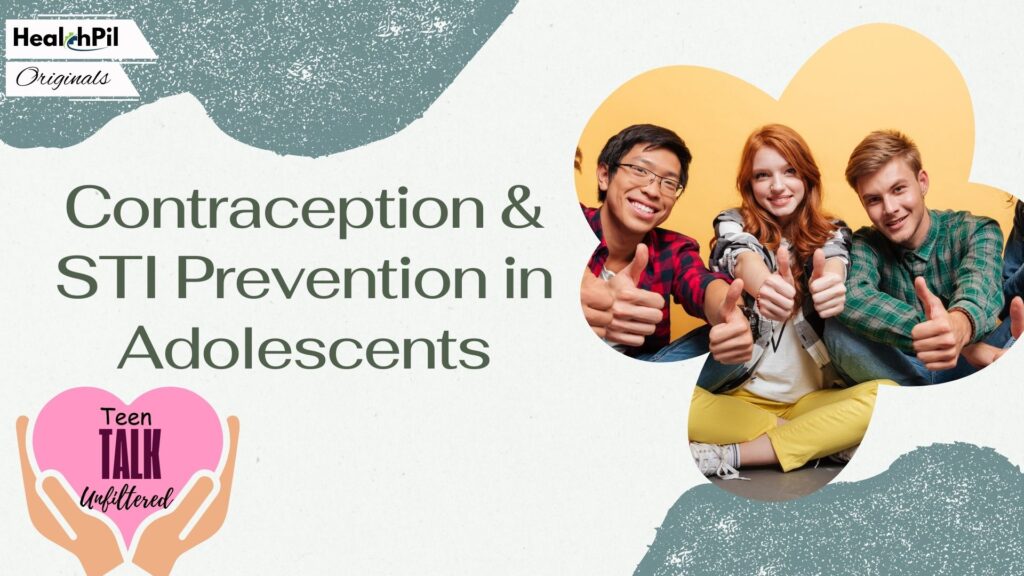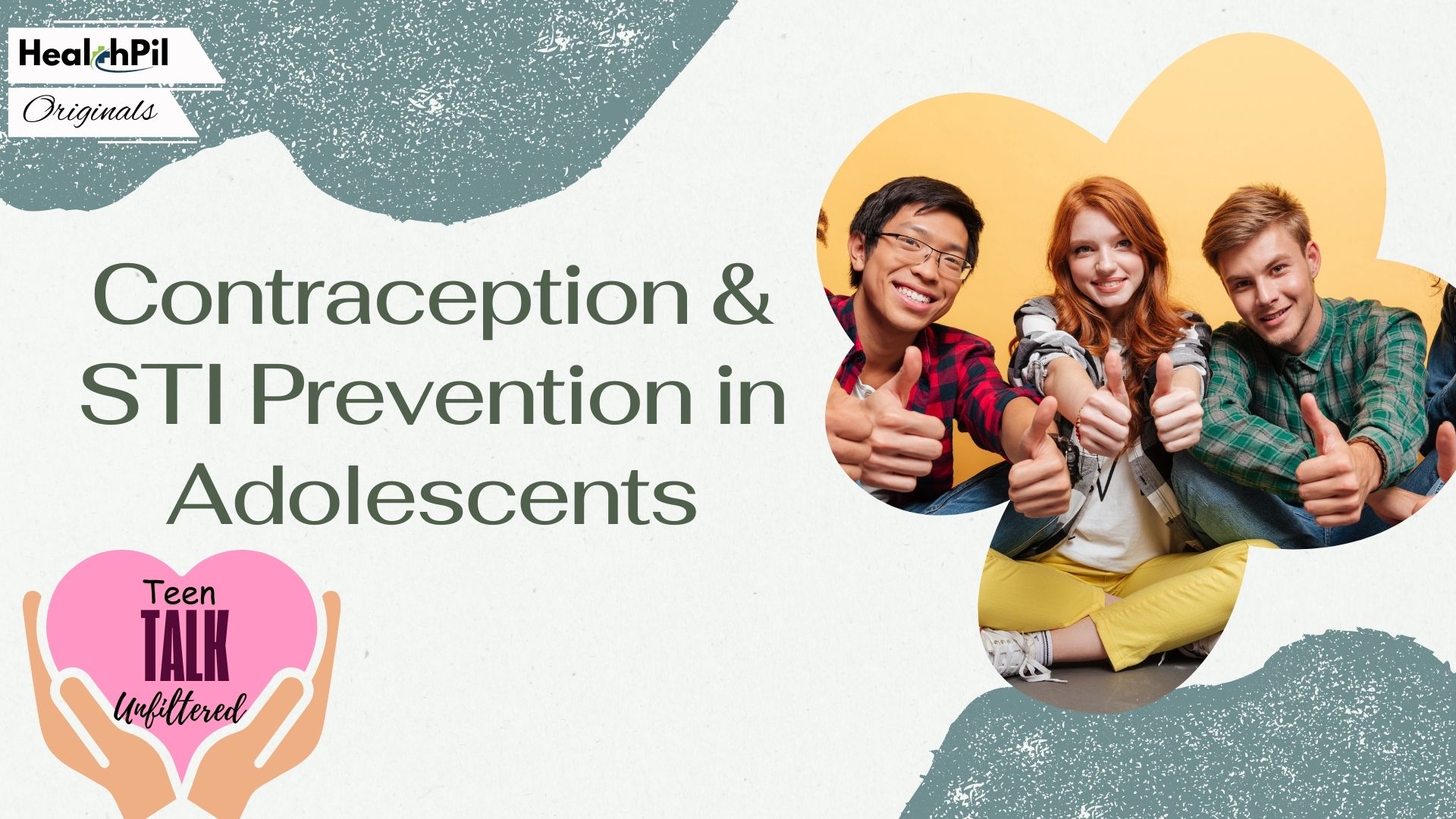
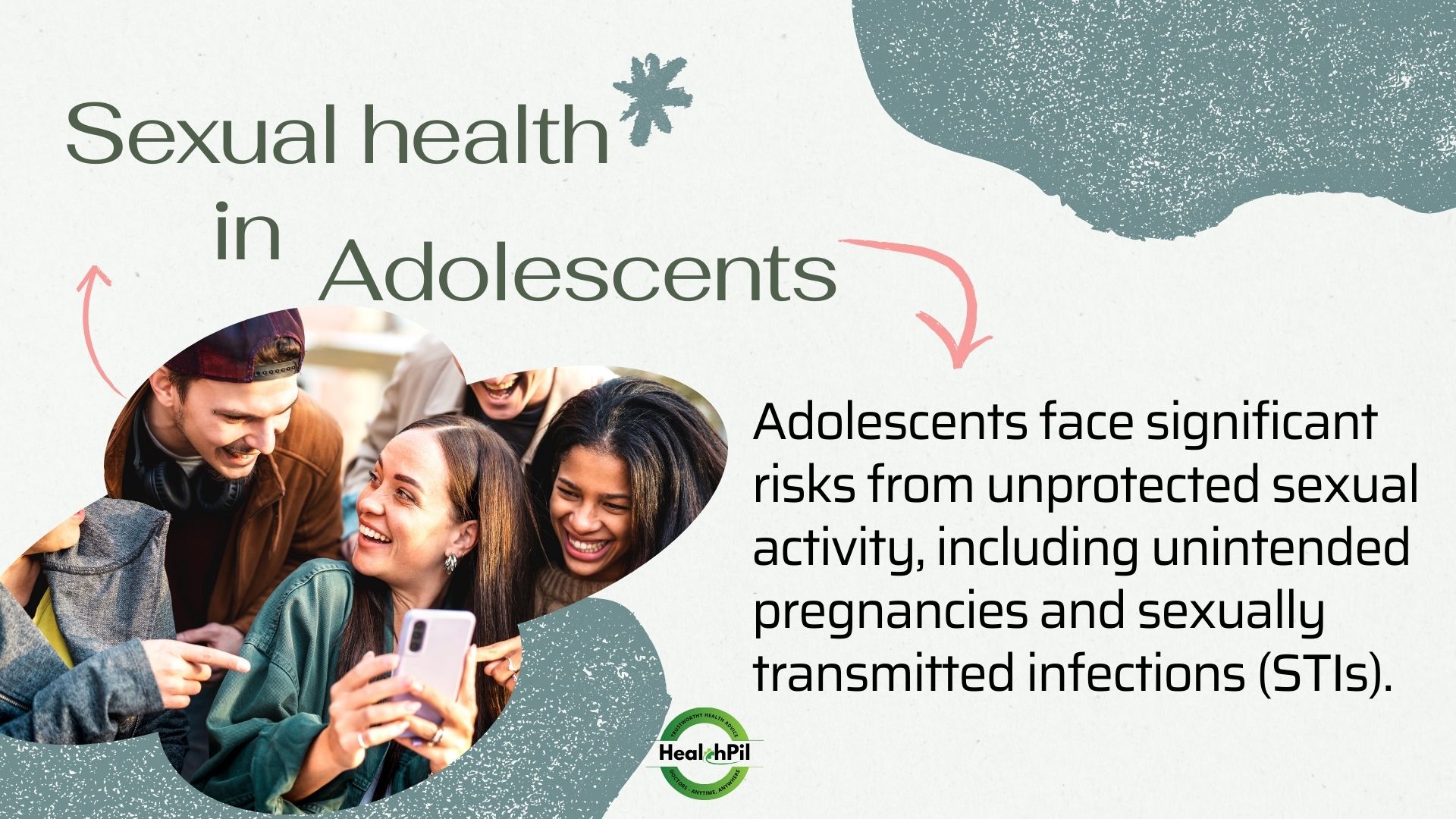
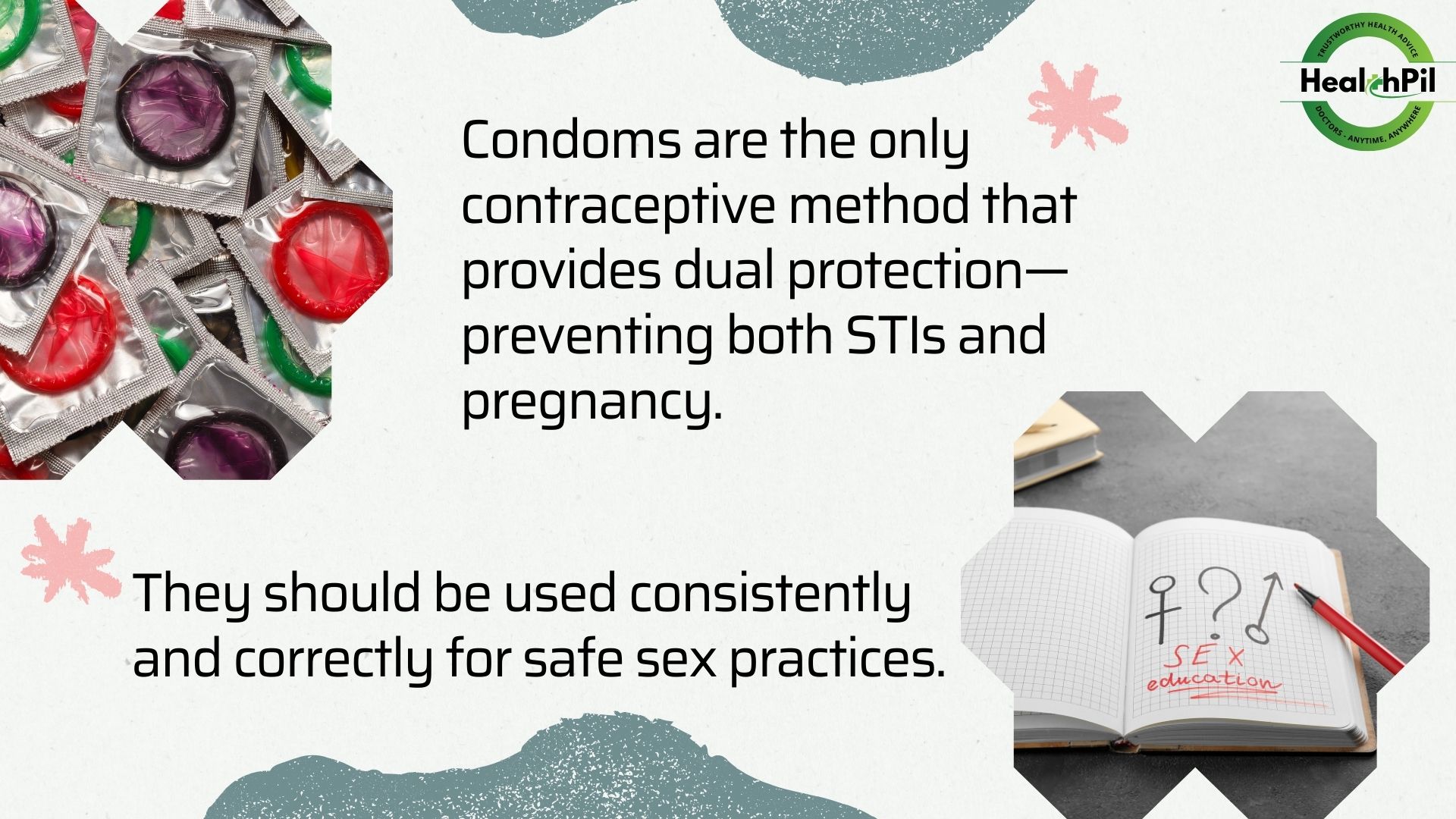
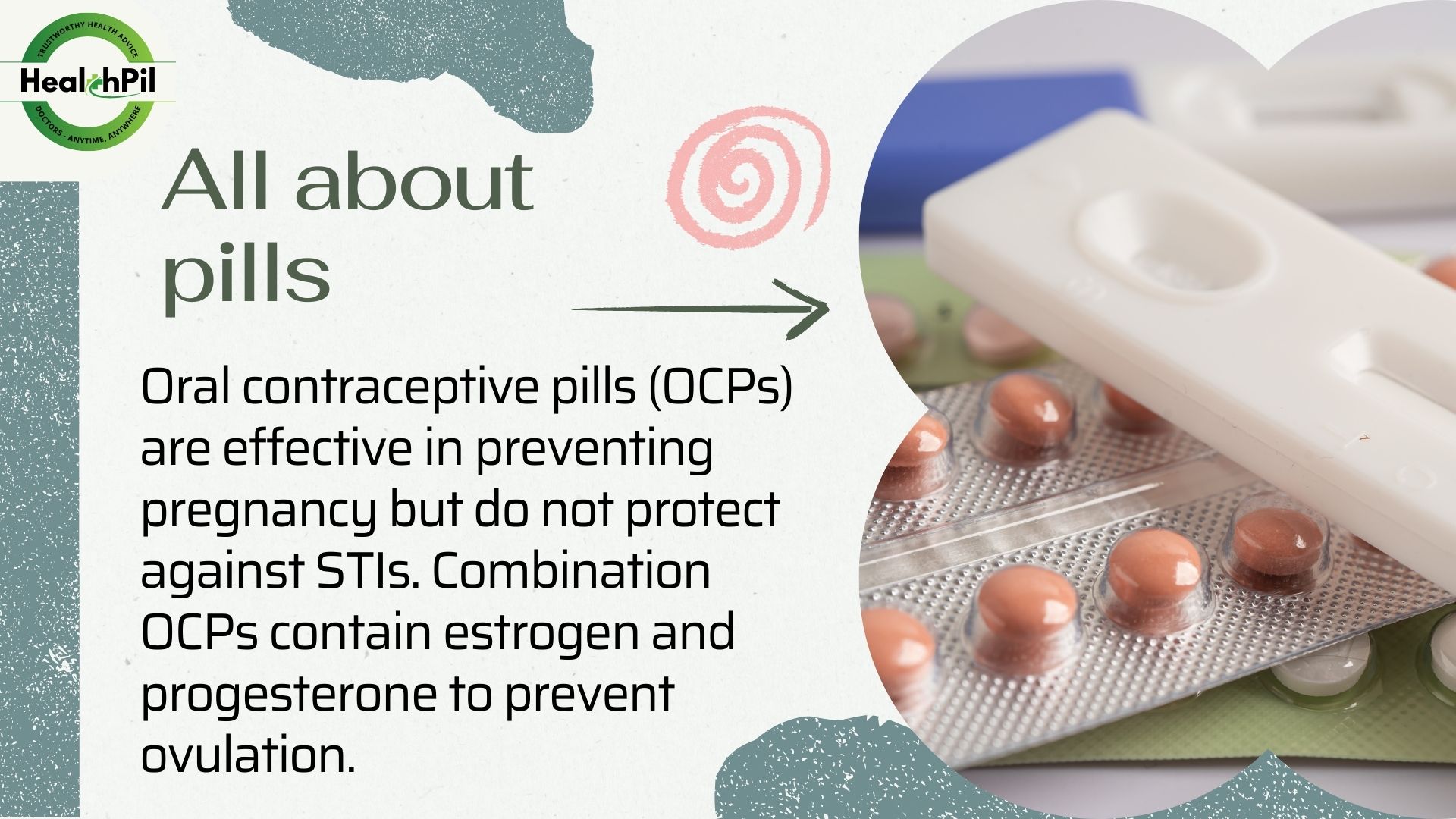
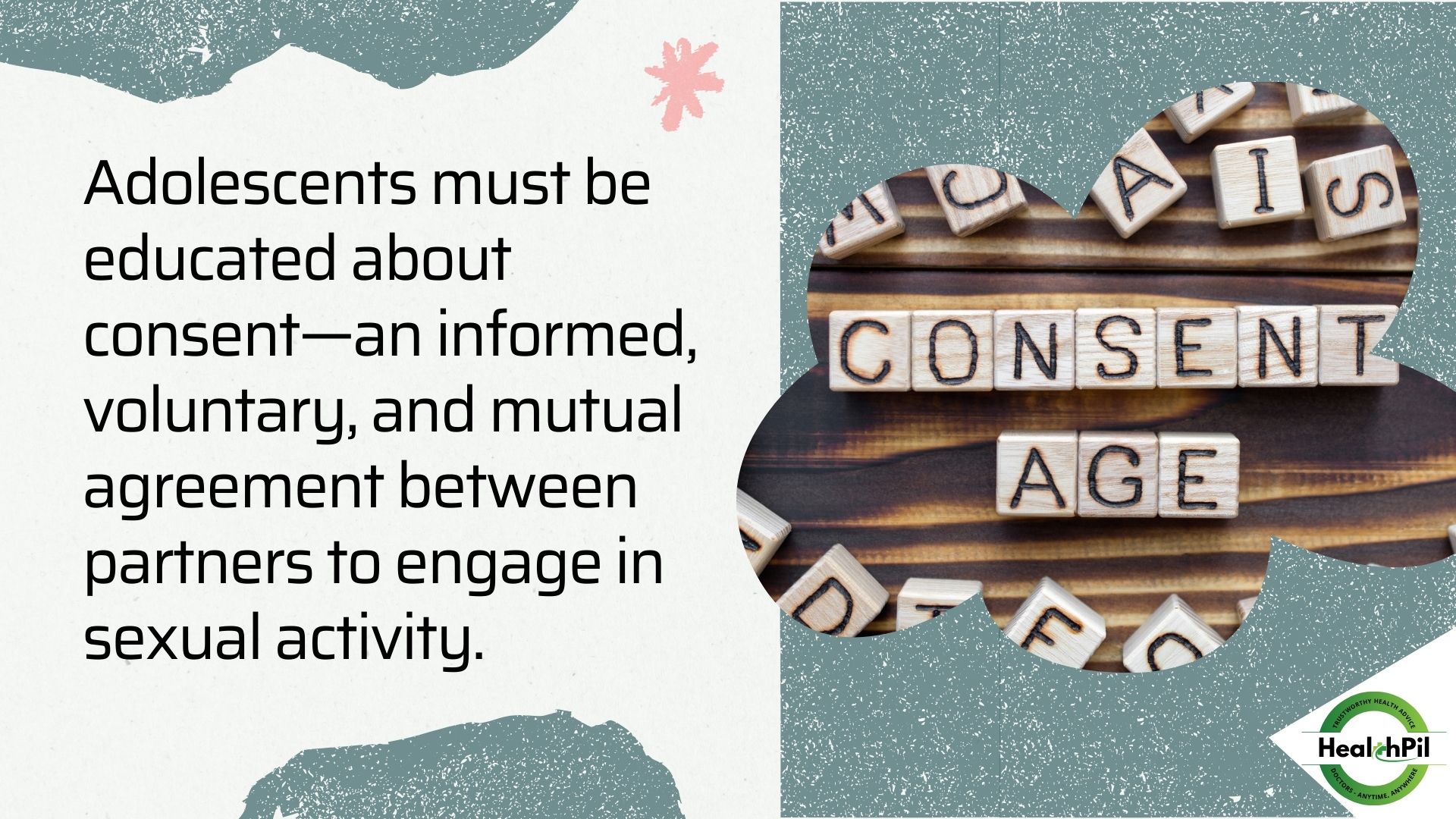
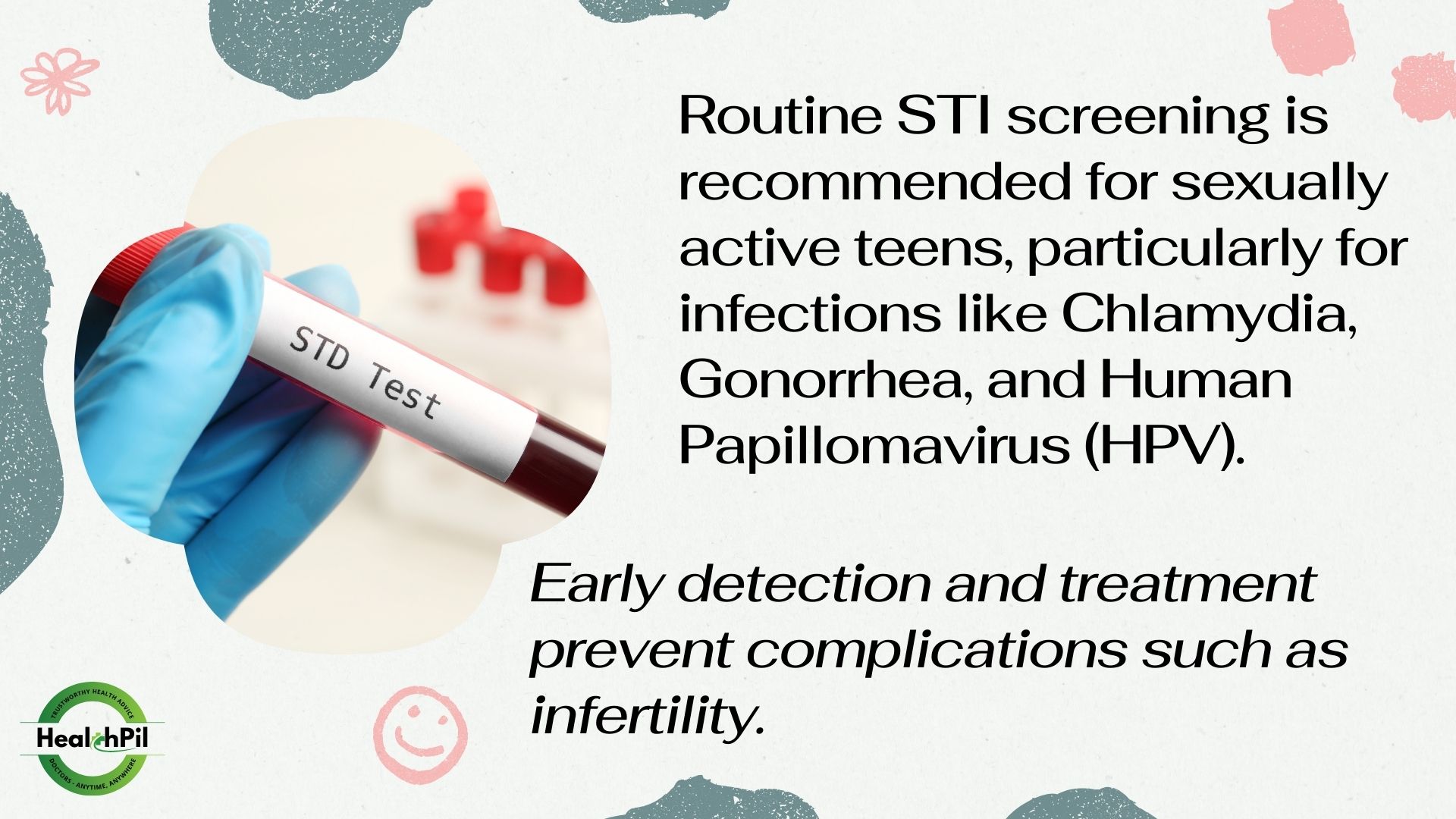
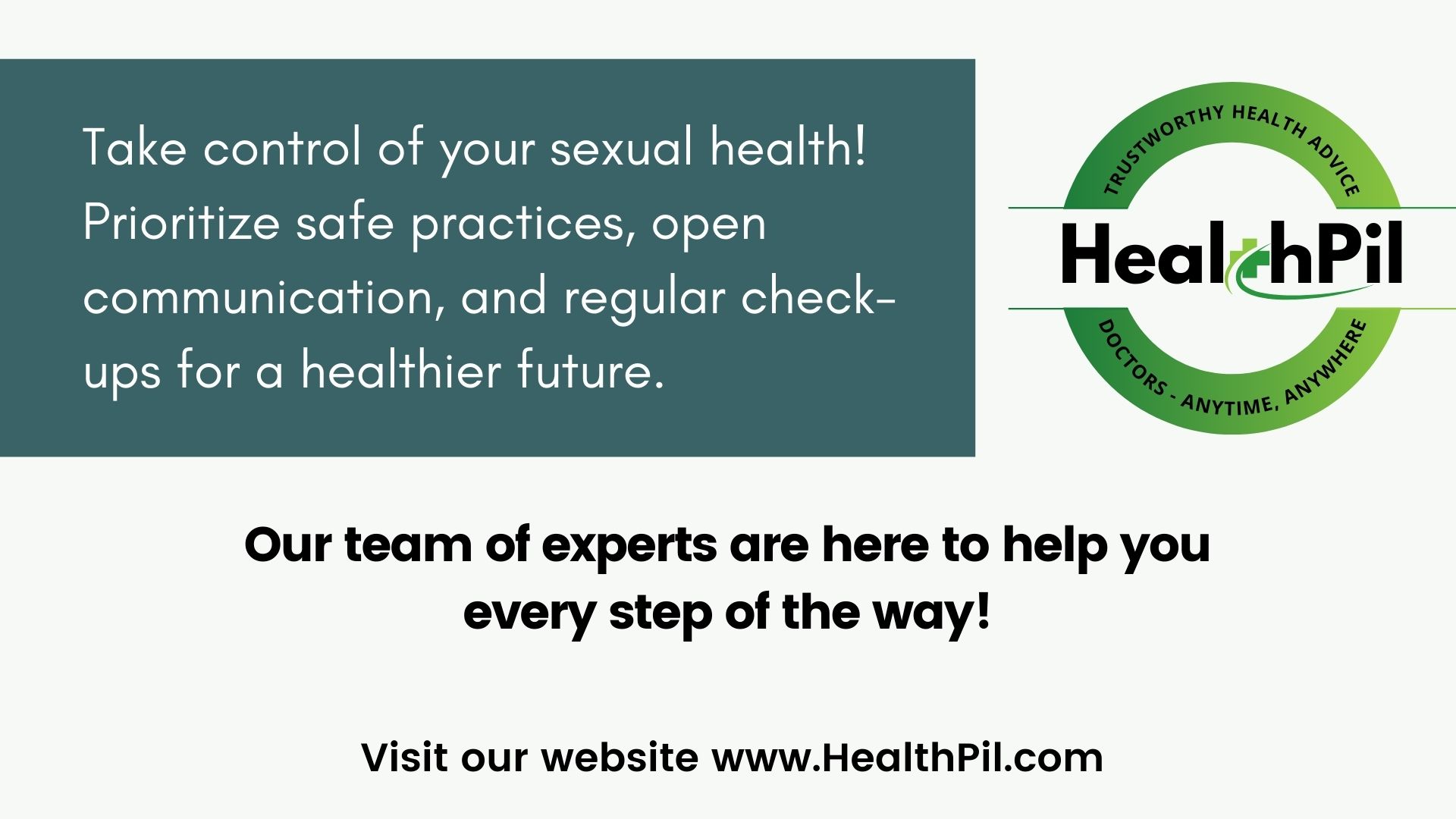
Meet Ishita and Kabir (names changed), both 19, recently took a proactive step in seeking medical advice on contraception and STI prevention. Their decision highlights the importance of understanding sexual health and the need for safe sexual practices, mutual consent, and effective methods of contraception. In this article, we will talk about contraception and STI prevention for adolescents, along with important statistics and information.
The Risks of Unprotected Sexual Activity
Unprotected sexual activity poses serious risks, including unintended pregnancies and sexually transmitted infections (STIs). According to the World Health Organization (WHO), about 1 million STIs are diagnosed every day worldwide, with young people aged 15-24 accounting for half of all new infections. These alarming statistics emphasize why safe sexual practices are so important for teens.
Contraceptive Methods: What You Need to Know
Dual Protection with Condoms: Condoms offer dual protection, preventing both STIs and pregnancy. They are the only contraceptive method that provides this kind of protection. However, they must be used consistently and correctly for maximum effectiveness. Research shows condoms can reduce the risk of STIs by 70%-80% when used properly.
Oral Contraceptive Pills (OCPs): Oral contraceptive pills are effective at preventing pregnancy (about 91% effective!), but they don’t protect against STIs. Combination OCPs which contain estrogen and progesterone, prevent ovulation and reduce the chances of unintended pregnancies.
The Importance of Mutual Consent: Consent is critical in any sexual relationship. It means both partners freely agree to engage in sexual activity. Clear communication about consent helps in reducing sexual coercion and enhances relationship satisfaction. This makes it an essential aspect of healthy and fulfilled sexual experience.
Why routine STI Screening is a must
Routine STI screening is a must for sexually active teens, especially for common infections like chlamydia, gonorrhea, and HPV. The Centers for Disease Control and Prevention (CDC) recommends that sexually active women under 25 should get tested for chlamydia and gonorrhea annually. Detecting and treating them early is essential to prevent complications such as infertility and long-term health issues. Some untreated STIs can lead to pelvic inflammatory disease (PID), affecting 1 in 8 women with an STI.
Why Sex Education?
Comprehensive sexual health education is crucial to empower young people. Studies show that teens who are educated about safe sex are more likely to use contraception consistently and communicate openly with their partners. Effective programs that cover contraception methods and STI prevention help lower rates of unintended pregnancies and STIs among adolescents.
Why Education Matters for Teens’ Sexual Health
Ishita and Kabir’s story really shows how important it is for teens to get the right info about contraception, consent, and STI prevention. When teens know their options and what’s safe, they can make smarter choices for their health. Getting educated gives them the confidence to handle their sexual health responsibly, helping them avoid risks and build better relationships.
At HealthPil, we are dedicated to providing reliable health information and connecting young individuals with healthcare providers. Remember, the insights shared in this article are for educational purposes and should not replace professional medical advice.

